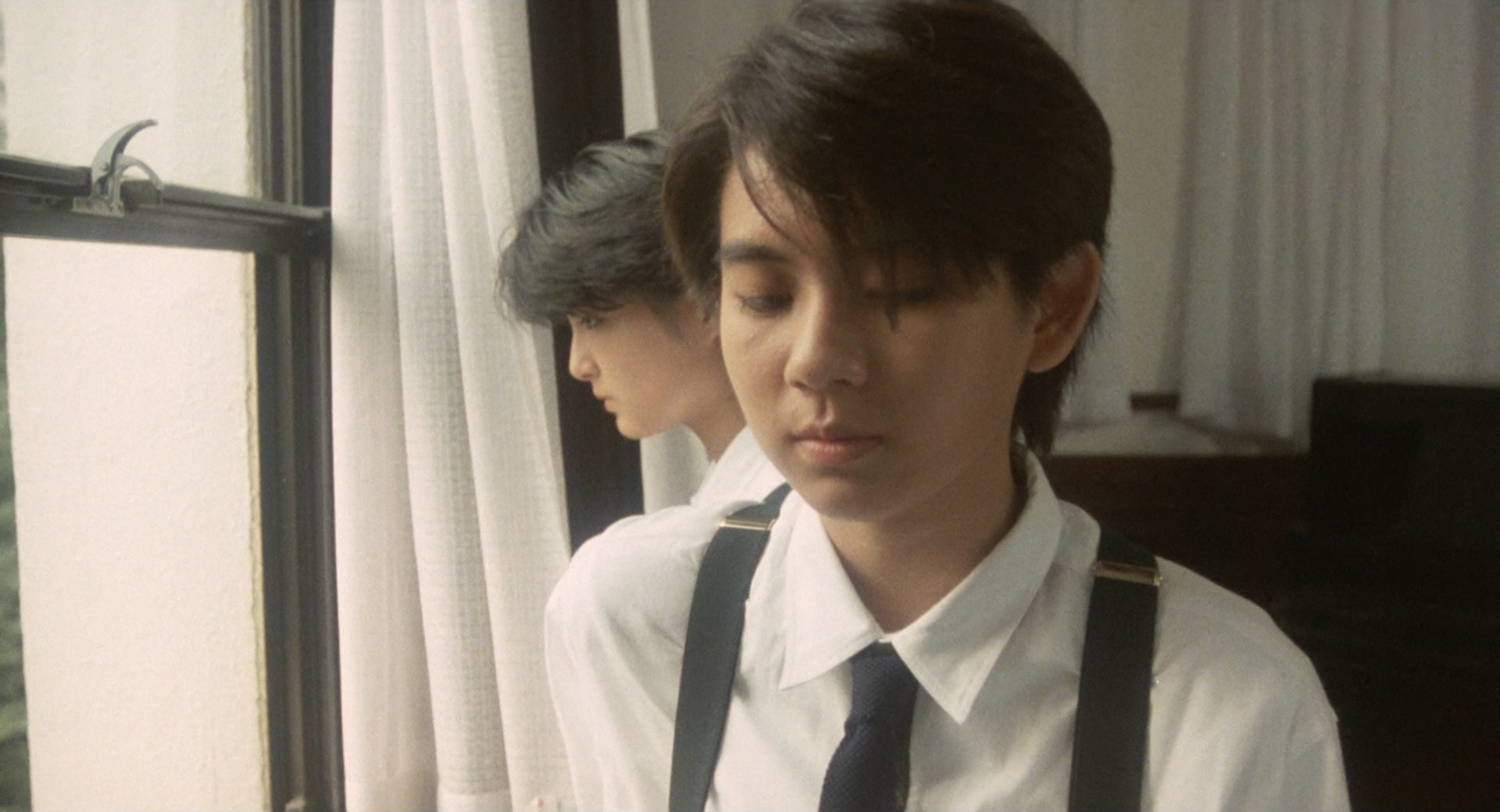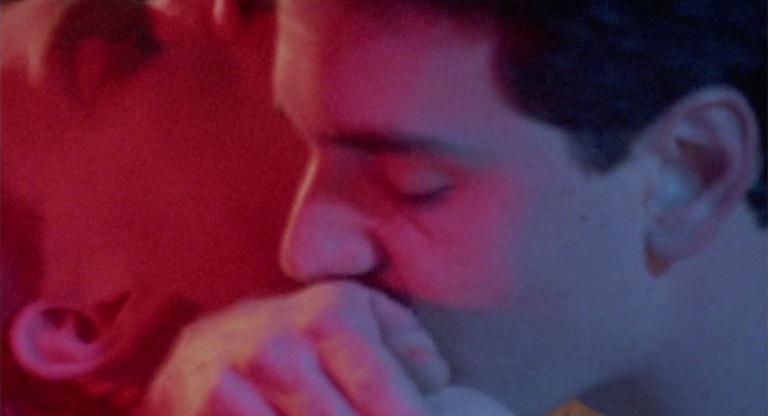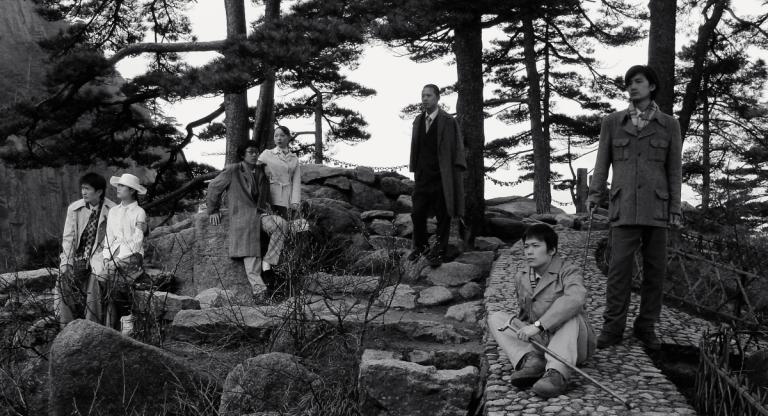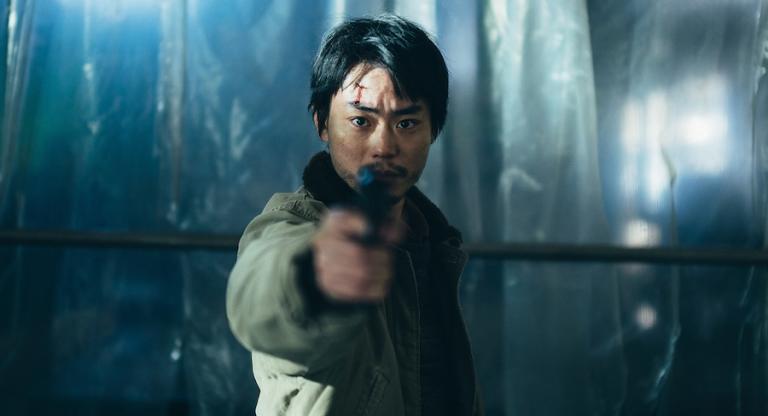The Japanese director Shusuke Kaneko’s Summer Vacation 1999 (1988) is loosely based on Moto Hagio’s foundational shōjo manga The Heart of Thomas. The film is set in a remote, boys-only boarding school nestled deep in the forest. Three students remain behind for the holiday break, grappling with complex relationships and the lingering aftermath of another student’s suicide. When a new boy arrives—bearing an uncanny resemblance to the deceased—the stage is set for an otherworldly melodrama. The boys navigate adolescent jealousies, romance, and passion, all while confronting the ghostly presence of their lost classmate, Yu, who seems to haunt them in the form of the enigmatic Kaoru. Kaoru denies being a ghost, yet he chooses Yu’s old room and listens to the same record Yu gifted the object of his affection, Kazuhiko, not long before his suicide.
Kaneko’s casting choices add a layer of queerness to the film that honors the source material’s sapphic art style. Teen girls (aged 14-15) play the boys, their voices later dubbed by male actors. This creates a complex interplay of identities: the characters become vessels for gay, lesbian, trans, and nonbinary experiences; in turn, embodying a fluidity that feels both androgynous and universal. One of the boys quotes Hermann Hesse’s Demian: “We’re really birds. We’re being hatched, we’re struggling to get out. Our egg is a world, but if you want to be born, you must break that world.” It’s the trans “egg” decades before its time, underscoring the film’s exploration of transformation and self-discovery, echoed by recurring imagery of caterpillars turning into chrysalises and the boys catching butterflies.
The film is also set in a near-future world, though the visual elements serve more to develop atmosphere than plot. Retrofuturistic gadgets pepper the set design, creating an eerie aesthetic that feels both nostalgic and alien. The lush forest surrounding the school acts as a sanctuary, shielding the boys from the rigid expectations of gender and sexuality that plague the outside world. Tall grass, classical architecture, and dreamy camerawork evoke an early 1900s European sensibility, while mysterious computers and impractical objects hint at a world just out of reach.
Kaneko brings a subdued, almost tactile sensuality to Summer Vacation 1999. The film’s melodrama is restrained, focusing on the quiet intensity of adolescent emotions. This approach aligns with the spirit of Hagio’s original work. She once remarked that boys in shōjo are, at their core, “girls wishing to become boys and, if they were boys, wanting to do this or do that.” This sentiment resonates deeply with Kaneko’s casting and the film’s exploration of identity. Through its haunting atmosphere and layered performances, Summer Vacation 1999 transcends its time, offering a perennial meditation on adolescence, transformation, and the fluidity of self.
Summer Vacation 1999 screens Friday, February 14, at BAMPFA, on a 35mm print as part of Masc II: Mascs plus Muchachas.





